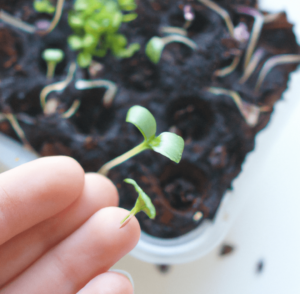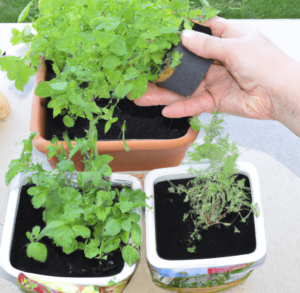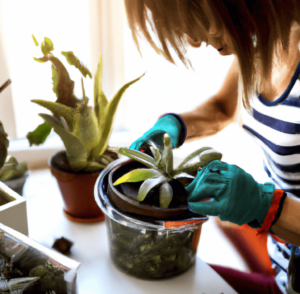While gardening is a great hobby, growing flowers for beginners can be especially rewarding. Flowers not only provide beauty and color to your yard, but they also have the ability to uplift your spirits and foster a sense of tranquility and peace. Every garden has a place for flowers, so here’s what you need to know.
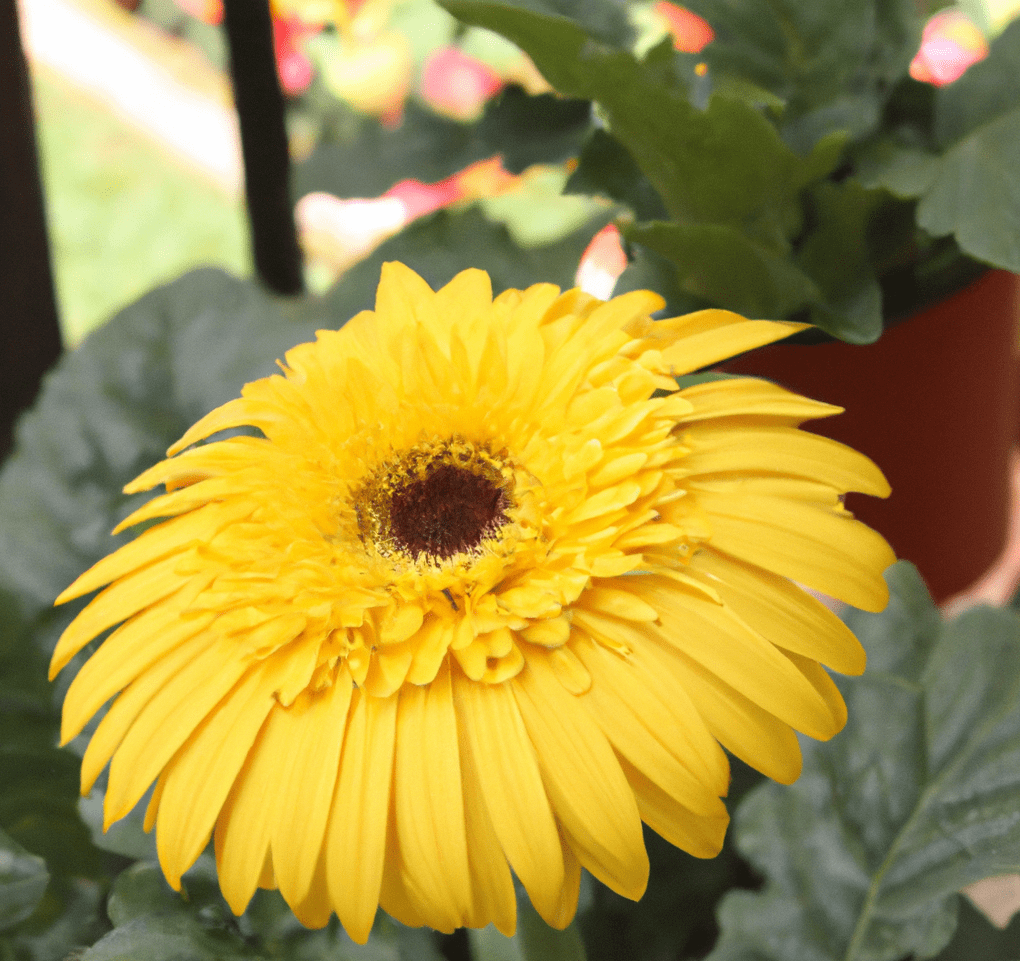
Planning and Preparation
The secret to successful flower cultivation for beginners is planning and preparation. Before you begin planting:
- Take into account the quality of the soil and how much sunlight your garden receives.
- Selecting plants that are suitable for your growing environment is vital because different blooms have varied sun and soil requirements.
- Spend some time planning your garden’s layout while keeping in mind each plant’s mature size and development patterns. This will help prevent overpopulation or barren places in your garden and ensure that it looks its best.
Choosing the Right Location for Your Flower Garden
Your flower garden’s success will be greatly influenced by its location. Here’s how to choose the best place for growing flowers for beginners:
- It’s critical to select an area that receives at least six hours of direct sunlight each day since flowers require sufficient sunlight to flourish.
- The location of your flower garden should take into account the quality of the soil as well. Flowers prefer organically rich, well-draining soil. You might need to add compost or other organic matter to the soil in your chosen area if it is heavy clay or sand in order to make it more suited for planting.
- When selecting a place, take into account the size and shape of your garden in addition to the sun and soil. A row of tall, sun-loving flowers looks best in a long, narrow garden, while low-growing flowers and small shrubs may look better in a smaller, circular garden.
- Consider the existing trees and plants in the area before you plant your flowers. While violets flourish in the shade of a larger plant, some flowers, like sunflowers, will grow tall and compete with the neighboring trees for sunlight.
Selecting the Right Containers or Plot of Land for Planting
Just like planting herbs for beginners, you need to choose the right containers or land for your flowers. Planting flowers in containers is an excellent solution if you have a small patio or balcony or a restricted amount of area. You can add some color and beauty to your outdoor living area with containers, and you can move them around easily to make sure your plants get the perfect amount of sun and shade. When selecting containers, make sure they have good drainage and are big enough to fit the roots of your plants. This will prevent water from pooling in the bottom of the container, which can lead to root rot.
Planting directly in the ground can be a preferable choice for you if you have a sizable garden or yard. A plot of land gives your flowers more room to develop roots and thrive, and it also aids in water conservation because plant roots may penetrate the soil farther to find moisture. When you’re learning about growing flowers for beginners, make sure that your plants receive the proper amount of sunlight, water, and nutrients, you will need to exercise extra caution when planting in the ground.
Regardless of whether you decide to plant in the ground or in containers, it’s crucial to pick plants that are compatible with your growing environment. If you reside in a drought-prone location, for instance, choose drought-tolerant flowers that can withstand prolonged periods without water.
Preparing the Soil and Choosing the Right Fertilizers
As you’re learning about growing flowers for beginners, preparing the soil is an essential stage in producing flowers. The appropriate kind of soil and fertilization can aid in a plant’s growth and increase the number of flowers it produces:
- Testing the soil to assess its pH level and nutrient content is essential before planting. You can adjust the soil by adding organic matter or fertilizers as needed based on the findings.
- Pick a fertilizer designed exclusively for flowers and apply it according to the instructions.
- Don’t over-fertilize your plants because you should know that it can hurt them.
- For detailed instructions on soil preparation and fertilizer for the kinds of flowers you intend to cultivate, consult a gardening handbook or expert.
Planting and Care
The two most crucial processes in cultivating flowers are planting and upkeep.
- Depending on the particular requirements of the plants, make sure to plant your flowers in a spot that offers the appropriate quantity of moisture and sunlight.
- Annual flowers should be planted in the spring, but perennial flowers can be planted in the fall.
- Make sure to thoroughly prepare the soil before planting, and adhere to the suggested planting distances.
- Water your flowers frequently after planting, but do not overwater them as this might cause root rot.
- Watch your flowers carefully and get rid of any dead or discolored foliage.
- You might need to anchor taller plants as your flowers become bigger to keep them from toppling over.
Your garden will soon be covered in lovely blooms with careful maintenance!
How to Plant and Care for Specific Flowers Such As Marigolds, Sunflowers, Zinnias, and Cosmos
Growing flowers for beginners means growing specialized flowers like marigolds, sunflowers, zinnias, and cosmos. These flowers require little maintenance and may add color and interest to any landscape with their own characteristics and beautiful hues:
- Sunflowers are adored for their tall stature and large, yellow flowers.
- Zinnias are a classic because of their variety of colors and long-lasting blooms.
- Marigolds are a popular choice because of their bright yellow and orange blooms.
- Cosmos are a beginner-friendly choice because of their daisy-like flowers and tolerance for a variety of soil types.
Tips for Watering, Fertilizing, and Pruning
Another thing you need to know about growing flowers for beginners is the following:
- A typical guideline is to water deeply and sparingly, letting the soil partially dry up before watering it once more. It’s crucial to pay close attention to the demands of your plants because the frequency of watering can vary based on the type of bloom and the weather.
- Fertilizing is essential since it helps to supply the nutrients required for development and blooming. Applying a balanced fertilizer according to the label’s instructions can be done every 4-6 weeks.
- Regular pruning helps shape the plant and encourages new development in addition to removing dead or damaged material. After blooming, pruning is advised to promote new development by removing dead flowers and stems. Additionally, pruning encourages healthy, bushy growth, which in turn leads to more flowers by helping to keep the plant compact.
Harvesting and Using Flowers
It’s time to harvest your flowers once they have flowered and grown to their full potential. Harvesting flowers is a pleasant and satisfying part of gardening, whether your goal is to cut a few blooms for a vase or dry some for crafts.
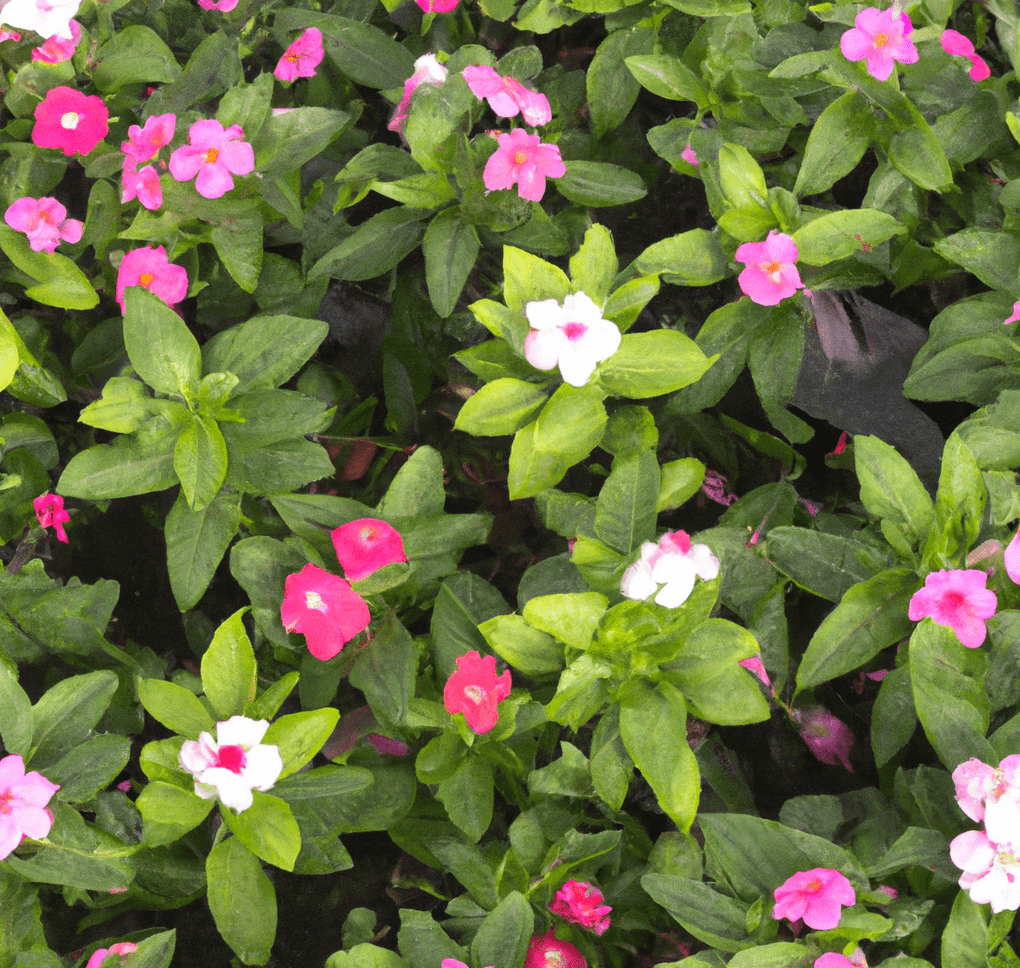
To get the greatest results, it’s crucial to pick the correct time to harvest, such as early in the morning when the blossoms are fully open and the dew has dried. In order to improve water absorption and prevent the stem from resting flat on the vase bottom, flower stems should always be trimmed at an angle. Your homegrown flowers may be a lovely and fragrant addition to any yard or house with a little tender loving care.
Tips for When and How to Cut Flowers for Optimal Vase Life
After growing flowers for beginners, you can harvest and cut them with these tips
- In order to minimize water loss and avoid the flowers from wilting, it is recommended to cut most blooms in the morning or evening when the sun isn’t too intense.
- When cutting, use sharp garden shears or scissors and cut at an angle to create a wider surface area for water absorption.
- To stop the growth of germs, make sure to remove any leaves that will be submerged in water. You may enjoy your lovely flowers for days in a vase with a little bit of care.
Ideas for Using Fresh Flowers in Bouquets and Arrangements
Your garden will seem more beautiful if you grow your own flowers, and you may utilize the fresh blooms for bouquets and centerpieces. Learning about growing flowers for beginners, cutting flowers from your own garden, then arranging them into a lovely display is something special. Here are some suggestions for bouquets and arrangements that feature fresh flowers:
- Make a basic, traditional bouquet using a variety of flowers. Make a tight, rounded bouquet by selecting a variety of hues and forms.
- Utilize blossoms in varying tones of one hue to create a monochromatic bouquet. This gorgeous appearance is ideal for minimalist environments and occasions.
- To make an arrangement with depth and substance, combine flowers and foliage. Use greenery to provide structure and draw attention to the blossoms’ exquisite beauty.
- Play around with various vases and containers. Use a basic glass vase or a creative container for a more contemporary appearance.
- To make an arrangement that is lush and bountiful, include additional components like fruits, berries, and herbs. This is a fantastic way to use the season’s hues and textures in your arrangement.
Bottom Line: Growing Flowers for Beginners
Growing flowers for beginners can be a pleasant and fulfilling experience that offers a variety of advantages, such as enhancing your outside spaces and bringing color and scent into your house. Whether you decide to grow flowers in a garden plot or containers, it’s vital to take into account elements like the soil’s quality, sunshine availability, and the right methods for watering and fertilizing. Growing flowers for beginners and cultivating them at home can be a simple and pleasurable activity with a little bit of planning and preparation.
Growing Flowers for Beginners FAQs
What are growing flowers for beginners?
Growing and cultivating various kinds of flowers is a pastime because it’s pleasurable and gratifying. Not only can flowers make your yard beautiful and colorful, but they also have the power to improve your mood and promote quiet and peace.
Which flowers are the simplest for beginners to grow?
A few of the easiest flowers for novices to grow include marigolds, zinnias, sunflowers, and petunias.
What advantages does home flower gardening provide?
Growing your own flowers may bring the outside inside, minimize the expense of cut flowers, and promote the proliferation of helpful insects.
What is the key to beginner-friendly flower cultivation?
Planning and preparation are the keys to effective flower cultivation for novices. Choose plants that are ideal for your growing environment by taking into account the quality of the soil and the amount of sunlight your garden receives before you plant.
What is an important consideration while choosing the ideal location for your flower garden?
The location of your flower garden has a big impact on how well it does. It is critical to choose a location with organically rich, well-draining soil that receives at least six hours a day of direct sunlight.
What flower-planting choices are there?
You can plant flowers in the ground, in containers, or learn about vertical gardening for beginners. Make sure the containers you choose have sufficient drainage and are large enough for the plants’ roots. A large garden or yard is better off with planting directly in the ground.
What factors into fertilizer selection and soil preparation?
The soil preparation process is crucial to the growth of flowers. It’s crucial to test the soil to determine its pH level and nutrient content and to amend the soil and add fertilizers as necessary. Select a fertilizer made specifically for flowers and follow the directions when applying it.
What are the most important steps in flower cultivation?
The two most important processes in flower cultivation are planting and upkeep. Follow the recommended planting distances and place the flowers in a location with the right quantity of moisture and sunlight. Watch the blooms carefully and remove any dead or discolored foliage. Water the flowers frequently but avoid overwatering.
How are certain flowers like marigolds, sunflowers, zinnias, and cosmos planted and cared for?
Refer to gardening guides for comprehensive advice on planting and caring for particular flowers like marigolds, sunflowers, zinnias, and cosmos.


